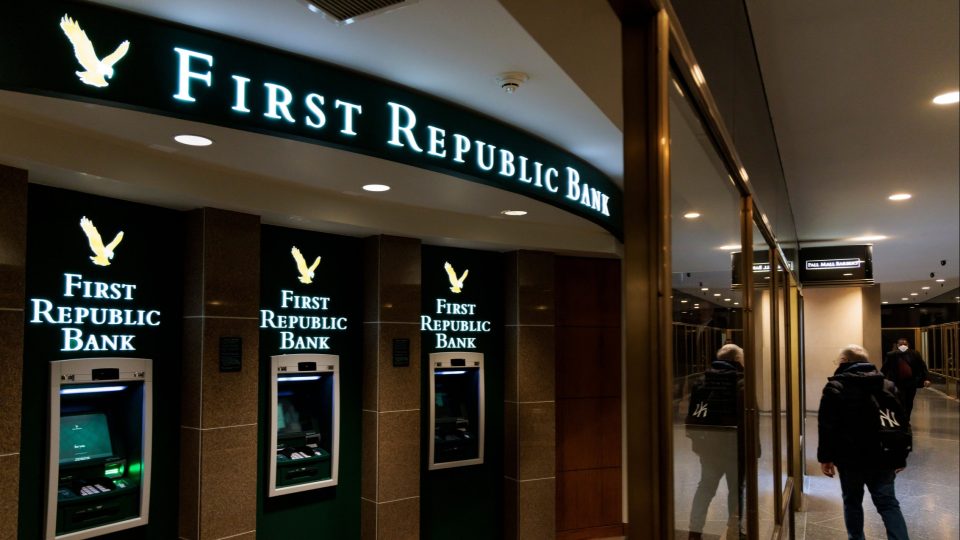First Republic Bank has been taken over by regulators and is set to be bought by JPMorgan Chase & Co, as rescue efforts fail to undo the damage from misinvestments and depositor runs that have roiled regional banks.
The California regulator named the FDIC as the receiver for the San Francisco-based bank. “FDIC entities federally insure deposits up to the applicable limits,” DFPI said in its statement.
The deal makes JPMorgan, the largest US bank, even bigger, an outcome that administration officials have worked hard to avoid in the past. Due to US regulatory constraints, JPMorgan’s size and its existing share of the US deposit base would prevent it from further expanding under normal circumstances. Prominent Democratic lawmakers and the Biden administration are annoyed by the consolidation of the financial and other industries.
JP Morgan was a key figure throughout the First Republic struggle. The bank advises its smaller rival as it seeks to find strategic alternatives. CEO Jamie Dimon played a key role in organising bank executives to inject $30 billion in deposits into the First Republic to shore up its finances following a massive withdrawal in March.
First Republic Bank, which specialises in private banking that caters to the affluent, like Silicon Valley Bank, which collapsed in March, focuses on venture capital firms. According to First Republic history, Chairman Jim Herbert started the bank in 1985 with fewer than 10 people. As of July 2020, the bank said it was the 14th largest in the US, with 80 offices in seven states. It employed more than 7,200 people at the end of last year.
Like other regional banks, First Republic was squeezed as the Federal Reserve raised interest rates to fight inflation, hurting the value of bonds and loans banks bought when rates were low. Meanwhile, depositors fled, partly in search of better returns and then spooked by widespread concerns about the health of the First Republic.
The result was a funding gap large enough to prevent sweeping rescuers from coming forward. In April, news of the bank’s first-quarter report and attempted asset sales and rescue sparked renewed concern. The bank said it would cut up to 25% of its workforce, reduce outstanding loans and limit non-essential activity.
Eleven US banks tried to keep the First Republic afloat by pledging $30 billion in new deposits on March 16, with JPMorgan, Bank of America Corp, Citigroup Inc and Wells Fargo & Co putting in $5 billion each. Goldman Sachs, Morgan Stanley and other banks offered smaller amounts as part of a plan with US regulators. Most importantly, the First Republic took advantage of the Federal Home Loan Bank Board and Federal Reserve liquidity line.
This was not enough. The stock topped $170 in March 2022 before falling below $5 by the end of April. The collapse of First Republic would jeopardise common stock owners and about $3.6 billion in preferred stock and $800 million in unsecured notes.
The bank has been bought and sold several times, with Merrill Lynch & Co acquiring First Republic for $1.8 billion in 2007. Ownership passed to Bank of America after it bought Merrill Lynch in 2009. It changed hands again in mid-2010 when investment firms, including General Atlantic and Colony Capital, bought First Republic for $1.86 billion and then took it public.



